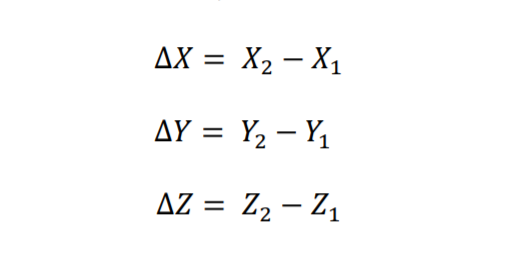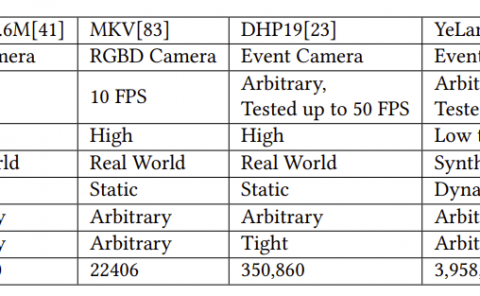A metabolomic measure of energy metabolism moderates how an inflammatory miRNA relates to rs-fMRI network and motor control in football athletes
PubDate: Jun 2020
Teams: Northwestern University; Purdue University;Pennsylvania State University;Massachusetts General Hospital and Harvard School of Medicine
Writers: Sumra Bari, Nicole L. Vike, Khrystyna Stetsiv, Linda Papa, Eric A. Nauman, Thomas M. Talavage, Semyon Slobounov, Hans C. Breiter

Abstract
Collision sports athletes experience many head acceleration events (HAEs) per season. The effects of these subconcussive events are largely understudied since HAEs may produce no overt symptoms, and are likely to diffusely manifest across multiple scales of study (e.g., molecular, cellular network, and behavior). This study integrated resting-state fMRI with metabolome, transcriptome and computational virtual reality (VR) behavior measures to assess the effects of exposure to HAEs on players in a collegiate American football team. Permutation-based mediation and moderation analysis was used to investigate relationships between network fingerprint, changes in omic measures and VR metrics over the season. Change in an energy cycle fatty acid, tridecenedioate, moderated the relationship between 1) miR-505 and DMN fingerprint and 2) the relationship between DMN fingerprint and worsening VR Balance measures (all p less than or equal to 0.05). In addition, the similarity in DMN over the season was negatively related to cumulative number of HAEs above 80G, and DMN fingerprint was less similar across the season in athletes relative to age-matched non-athletes. miR-505 was also positively related to average number of HAEs above 25G per session. It is important to note that tridecenedioate has a double bond making it a candidate for ROS scavenging. These findings between a candidate ROS-related metabolite, inflammatory miRNA, altered brain imaging and diminished behavioral performance suggests that impact athletes may experience chronic neuroinflammation. The rigorous permutation-based mediation/moderation may provide a methodology for investigating complex multi-scale biological data within humans alone and thus assist study of other functional brain problems.


